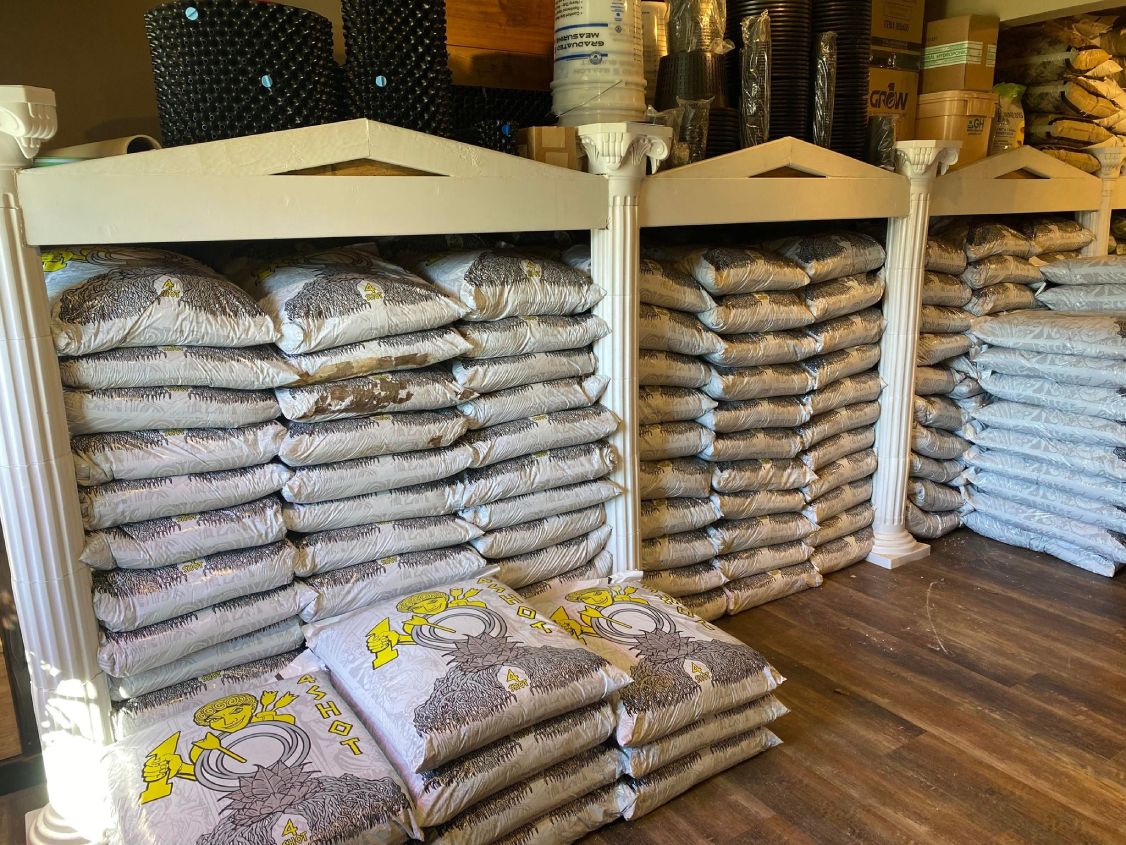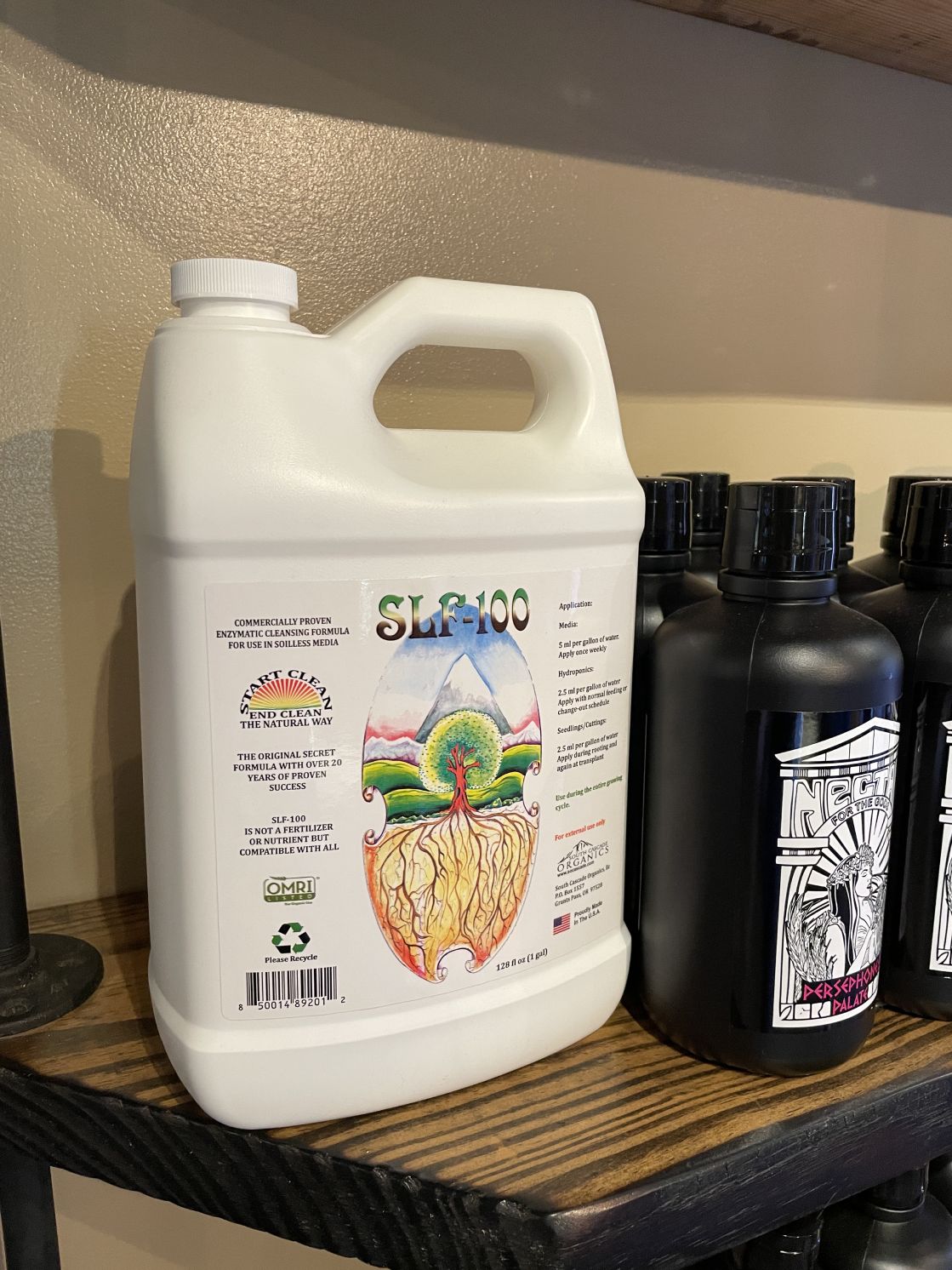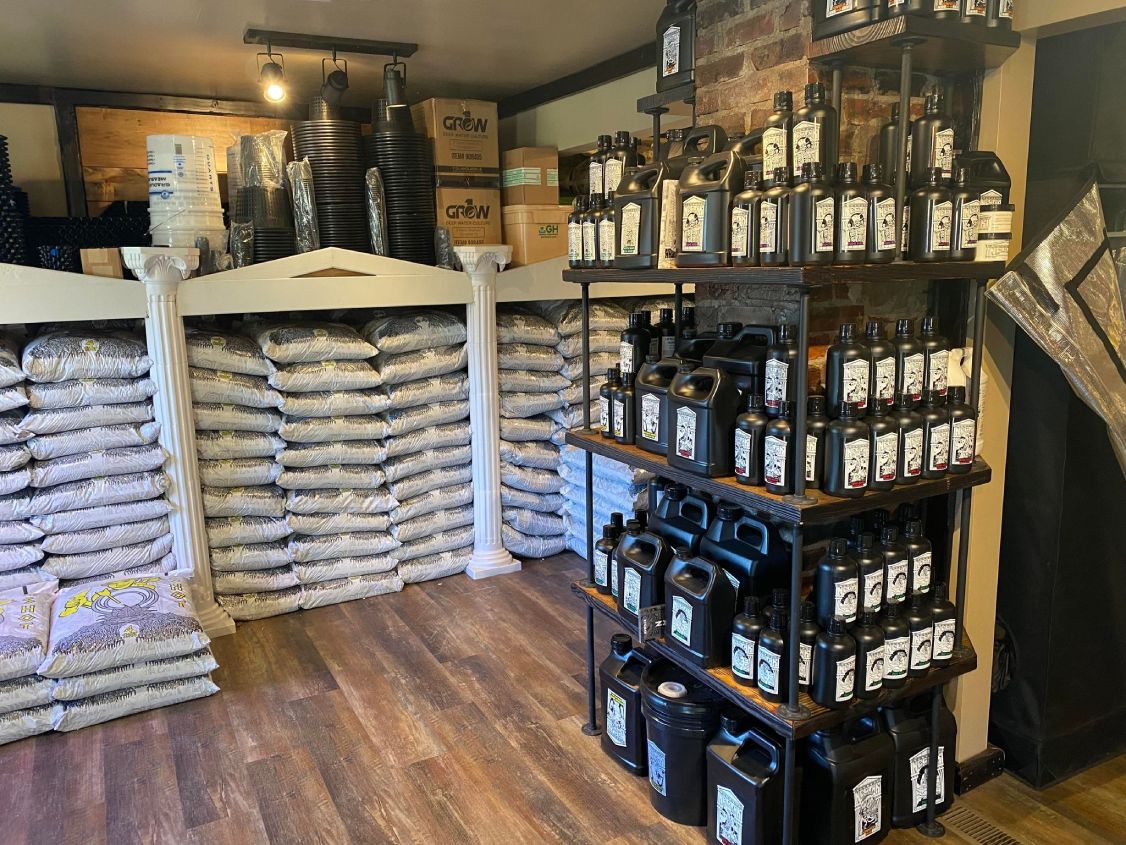Change Your Growing Experience with The Indoor Earthworm's Advancement
Change Your Growing Experience with The Indoor Earthworm's Advancement
Blog Article
Unlocking the Possible of Hydroponics: Recognizing Its Uses and Different Kinds
Hydroponics, a method of growing plants without soil, has actually gathered enhancing attention for its potential to reinvent farming and horticulture methods. The accuracy control over nutrient delivery, water usage, and environmental variables offers a glimpse into a future where food production can be optimized in numerous setups. As we navigate via the detailed landscape of hydroponic systems and methods, it comes to be noticeable that each method holds distinctive benefits and limitations. By untangling the diverse uses and sorts of hydroponics, we can uncover a globe of possibilities that may improve just how we envision lasting farming and gardening techniques.
Benefits of Hydroponic Equipments

Another advantage of hydroponic systems is the capability to expand plants in a smaller sized space. By getting rid of the requirement for soil, plants can be grown vertically or in piled systems, maximizing making use of readily available area. This is specifically beneficial in metropolitan areas or areas with restricted cultivatable land. Hydroponic systems minimize the danger of soil-borne illness and insects, as there is no dirt to harbor these dangers. This results in much healthier plants and lowers the need for damaging pesticides, making hydroponic farming a much more ecologically friendly and sustainable option.
Typical Uses in Farming

Offered the effective water conservation and space-saving advantages of hydroponic systems, it is obvious that these cutting-edge agricultural techniques have actually located usual usages in various sectors of farming. The regulated environment of hydroponic systems makes it possible for year-round farming, providing a consistent supply of fresh fruit and vegetables no matter of outside climate conditions.
Hydroponics is commonly used for expanding a selection of plants, including leafy environment-friendlies, tomatoes, cucumbers, strawberries, herbs, and peppers. Its adaptability includes upright farming, city farming, and greenhouse manufacturing. In addition, hydroponic systems are made use of in research study and educational setups to examine plant farming, nutrition, and development techniques. The flexibility and efficiency of hydroponics make it an important device in modern farming, addressing the obstacles of sustainability, food protection, and source optimization.
Discovering Different Hydroponic Methods
Hydroponic systems offer a variety of approaches that provide to various plant types and farming objectives. In addition, the Ebb and Circulation system, additionally recognized as the Flood and Drain system, intermittently floods the plant origins with nutrient option, permitting for oxygenation during draining periods. Each of these strategies showcases the convenience and efficiency of hydroponic systems in enhancing crop development and yield.
Contrasting Various Hydroponic Equipments
Exploring the effectiveness and yield enhancement techniques in hydroponics leads us to compare numerous hydroponic systems available for plant cultivation. Each hydroponic system has its unique functions, benefits, and restrictions, making it vital for cultivators to choose the most like it suitable system based on their particular needs and restrictions.
Among one of the most common hydroponic systems is the nutrient film method (NFT), where a thin film of nutrient remedy continually flows over the plant roots. This system is prized for its water performance and suitability for expanding leafy eco-friendlies and natural herbs. On the other hand, the deep water society (DWC) system submerges plant origins directly into the nutrient remedy, supplying adequate oxygen and nutrients. The DWC system is affordable and relatively basic, making it a preferred choice for beginners.
One more preferred hydroponic system is the ebb and flow (or flooding and drain) system, which periodically floods the plant origins with nutrient service prior to draining it. By recognizing the differences in between these hydroponic systems, farmers can make informed choices to maximize plant yield and high quality.
Technologies in Hydroponic Technology
One crucial technology is the growth of smart hydroponic systems that make use of sensing units and automation to check and change ecological conditions such as pH degrees, nutrient concentrations, and light exposure in real-time. These systems allow accurate control over expanding conditions, leading to optimum plant development and greater plant returns.
Another significant innovation is the combination of upright farming methods with hydroponic systems, permitting the farming of plants in piled layers. This vertical method takes full advantage of area utilization, making it perfect for metropolitan settings where land availability is restricted - The Indoor check out here Earthworm. In addition, making use of advanced LED lights systems tailored to specific plant requirements has actually boosted energy efficiency and improved development prices in hydroponic configurations
Innovations like these are driving the evolution of hydroponics, making it a sustainable and extremely eye-catching option for modern agriculture.
Final Thought
Finally, hydroponics provides countless advantages in farming and has various techniques and systems that can be used to optimize its capacity. Technologies in hydroponic innovation continue to improve efficiency and sustainability in food manufacturing. By understanding the uses and various kinds of hydroponic systems, farmers and farmers can unlock the full possibility you could try these out of this ingenious approach of expanding plants without dirt.
Furthermore, hydroponic systems enable for far better control over nutrient degrees, pH balance, and environmental problems, leading to much healthier plants and greater returns.

Report this page